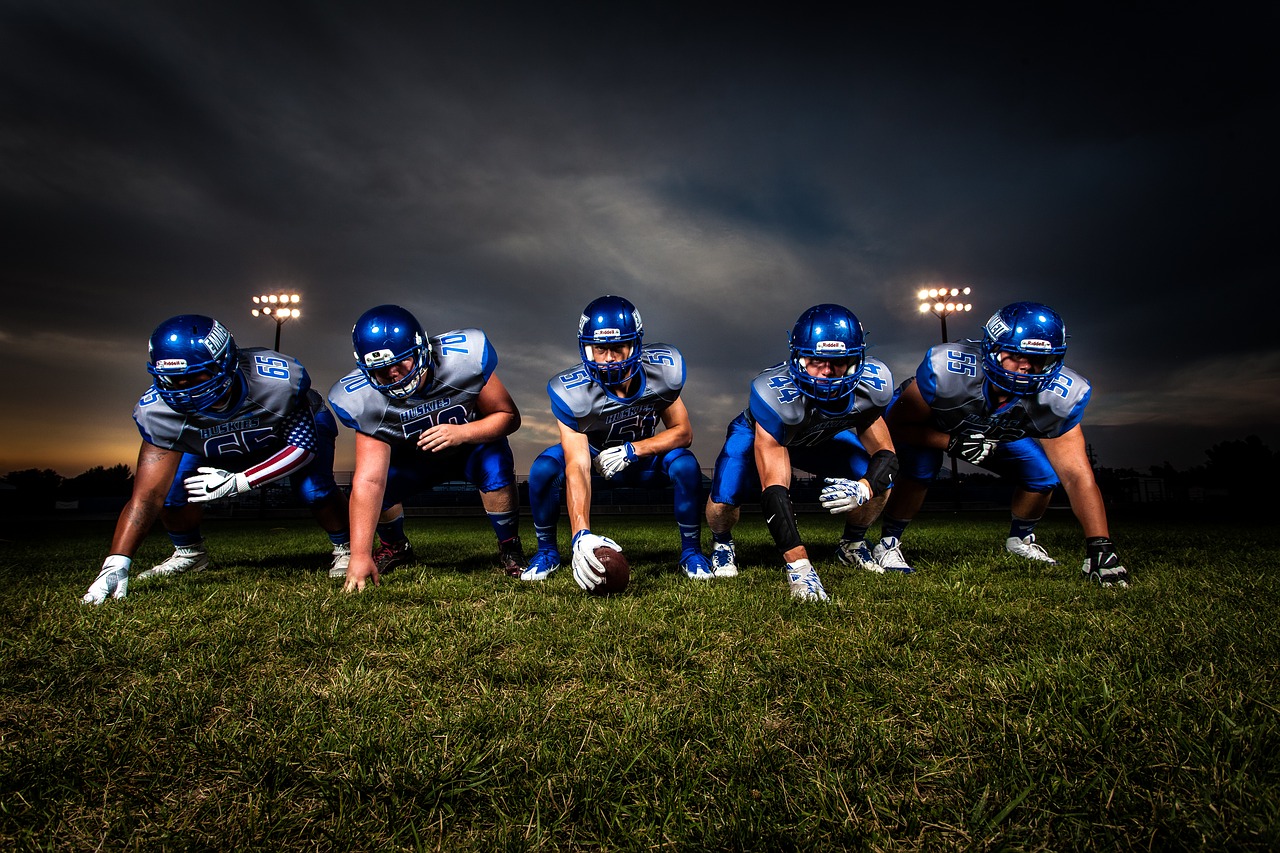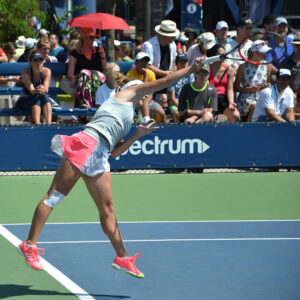By Alex Diaz, PhD

In the game of athletic success winning may hinge on an athlete’s mental attitude more so than skill. Matches are often won or lost before the game even begins because mental attitude significantly impacts performance outcome. The thoughts we think and believe about what’s happening in our mind and body when the competitive pressure is on-on the field, on the court, in the water- impact what we can and cannot do.
Given its enormous weight in performance achievement, why is it that, despite having positive thoughts, some athletes still under-achieve in highly pressured moments? And what can they do?
An Athlete’s Brain in Thinking Mode
Western culture has strongly promoted the understanding that outcomes rest on our thinking process. If we just remain positive, we will be able to navigate obstacles. The famous football coach for the Green Bay Packers, Vince Lombardi’s motto was, “Winners do not quit, and quitters do not win.” This belief is still shared by many coaches, and athletes fully buy into this tough- minded attitude.
Athletes believe they can control their brain to think what they tell it to think. Thus, much weight is given to the newer part of the brain, the neo- cortex, which is considered the home of positive thoughts and intentions. However, it is the older reptilian brain that effi ciently regulates highly charged emotions by storing implicit memories. It’s not our thoughts that guide our athletic performance but rather our intrinsic sensations associated with the flight or fight survival mode we inherited from our ancestors.
Flight or Fight: Stored Sensations
An athletes’ nervous system, just like any other human being, is organized to respond to perceived threats. A coach yelling, internalized parental pressures, teammates’ body language indicating rejection all have the potential to trigger one’s autonomic physiological fight or flight response. Although it is JUST a game, an athlete’s body may respond as if it is a matter of life or death. The body is organized to complete these physiological triggers. But, when unable to do so that thwarted arousal remains in the body as incomplete responses.
Take for instance the moment a coach is yelling at an athlete. In that split second, that athlete’s body can instantly be responding to either a fight or flight sensation. In the space of an unconscious breath, our neo-cortex-the thinking brain-can stop those impulses by attempting to make sense of the situation. Afterall, punching the coach or running away will only make things worse. However, it does not mean that those incomplete responses have gone away. On the contrary, those impulses remain in the body for life.
athlete’s body can instantly be responding to either a fight or flight sensation. In the space of an unconscious breath, our neo-cortex-the thinking brain-can stop those impulses by attempting to make sense of the situation. Afterall, punching the coach or running away will only make things worse. However, it does not mean that those incomplete responses have gone away. On the contrary, those impulses remain in the body for life.
It Begins in the Brain
Our brains hierarchically develop implicit experiences first (sensations, a felt sense, non-verbal) and explicit ones later (clear memories associated with verbalized stories). Babies connect with parents by exchanging gazes; Smiles are expressed and an implicit relationship is created. Later in life, these same interchanges contain a verbal dialogue. Developmentally speaking, it is a human condition to experience non-verbal awareness before sensations turn into verbal language. This anatomic chronological order remains for life.
 For example: we may feel butterflies in our belly and notice the sensation with little to no reaction. Or, if we feel these same butterflies in a scary situation, we may associate our reactions to this fluttery feeling as threat/danger. Later, we may verbalize them as anxiety or fear.
For example: we may feel butterflies in our belly and notice the sensation with little to no reaction. Or, if we feel these same butterflies in a scary situation, we may associate our reactions to this fluttery feeling as threat/danger. Later, we may verbalize them as anxiety or fear.
In this sense, a tennis player, who is serving to win a grand slam match, may feel rapid heartbeats and shallow breathing. Said player may feel butterflies in their belly. These implicit sensations and reactions are based on past associations and experiences. If rapid heartbeats and shallow breathing are associated with danger and fear, the tennis player may falter and lose focus. If these same sensations are associated with positive tension in safe surroundings, the energy can be used to the player’s advantage.
Human behavior shapes around a combination of personal genes and life experiences, both supportive and upsetting. Such experiences mold a neurological imprint in our brains leading to the development of behaviors whose roots lie in implicit subconscious memories. These memories do not conscientiously come up. According to psychologist Peter Levine, emotional memories include “surprise, fear, anger, disgust, sadness, and joy” (Levine, 2015, p. 22). These memories lie just below the neo-cortex.
Another example: a basketball player who needs to make both free throw baskets with time running out in the game may feel an array of felt-sense awareness, such as tension or sweaty palms. These sensations may either be noticed and accepted as part of the body’s normal response to intense activity and stress or . . .
Already have an account linked to your magazine subscription? Log in now to continue reading this article.
 (Need help? Click here or contact us to ask a question.)
(Need help? Click here or contact us to ask a question.)
Not currently a subscriber? Subscribe Today to read the rest of this article!
 Dr. Diaz is the Sport Psychology Consultant to athletes and coaches for Concordia College, Bronxville, a licensed psychotherapist, and holds a doctoral degree in clinical psychology with a specialization in somatic psychology. He is certified in Sports Peak Performance, Somatic Psychology, Mindfulness Stress-Based Reduction for Teens, and maintains a private practice in Tuckahoe, NY. Dr. Diaz teaches mental performance to all level athletes, including school, college, professional, Olympian, and amateur athletes.
Dr. Diaz is the Sport Psychology Consultant to athletes and coaches for Concordia College, Bronxville, a licensed psychotherapist, and holds a doctoral degree in clinical psychology with a specialization in somatic psychology. He is certified in Sports Peak Performance, Somatic Psychology, Mindfulness Stress-Based Reduction for Teens, and maintains a private practice in Tuckahoe, NY. Dr. Diaz teaches mental performance to all level athletes, including school, college, professional, Olympian, and amateur athletes.







